Fashion is a dynamic term that encapsulates the design, manufacturing, marketing, and consumption of apparel and accessories, influenced by cultural, social, and economic factors and the prevailing styles and trends in clothing, accessories, and overall looks of a particular time.
In comparison, fashion styles are particular ways of dressing that belong to past subcultures and their aesthetic origins.
Originating from the Latin word ‘Facere,’ which means ‘to make,’ Fashion describes the manufacturing, mixing, and wearing of outfits adorned with specific cultural aesthetics, patterns, motifs, shapes, and cuts.
These outfits allow people to showcase their group belonging, values, beliefs, and ways of life.
The Fashion Concept and Its Multiple Facets
As a multifaceted term, fashion is used as a concurrent term to style, trend, and aesthetics concerning one’s look (stylish, trendy, fashionable).
In this section, we’ll detail the multiple facets of fashion and its association with styles, aesthetics, and trends.
Fashion as an Industry
The fashion industry encapsulates fashion design, manufacturing, advertising, and retail.
Earlies forms of ‘fashioning’ people emerged in medieval times through custom-made clothing by dressmakers and tailors.
At the start of the 20th century, the process of making fashion (clothes and accessories) was accelerated by technological advancements and the rise in global trade, leading to the adoption of ready-to-wear.

Mass producers and retailers of clothes and accessories formed what we now call the fashion industry, one of the world’s largest employers with a significant share of world economic output.
The fashion industry comprises international manufacturers (fibre, textiles, leather, rubber, fur, etc.), fashion designers, transport and packaging contractors, fashion advertisers, and retailers.
Clothing is designed in one country, manufactured in another, and sold worldwide; raw materials from China, stitched in India and Vietnam, accessorised, labelled, and packaged in Italy and France, and sold worldwide from the United States.
Fashion as a Style
Fashion style is a specific way of dressing showcasing similar aesthetics and designs adopted and transformed by communities and subcultures – such as Preppy or Sloane Ranger – to express their cultural identity and values.
For a way of dressing to be recognised as a fashion style and not a trend or a fad, it must comprise clothes and accessories with similar aesthetics, adopted by a subculture as their way of dressing.
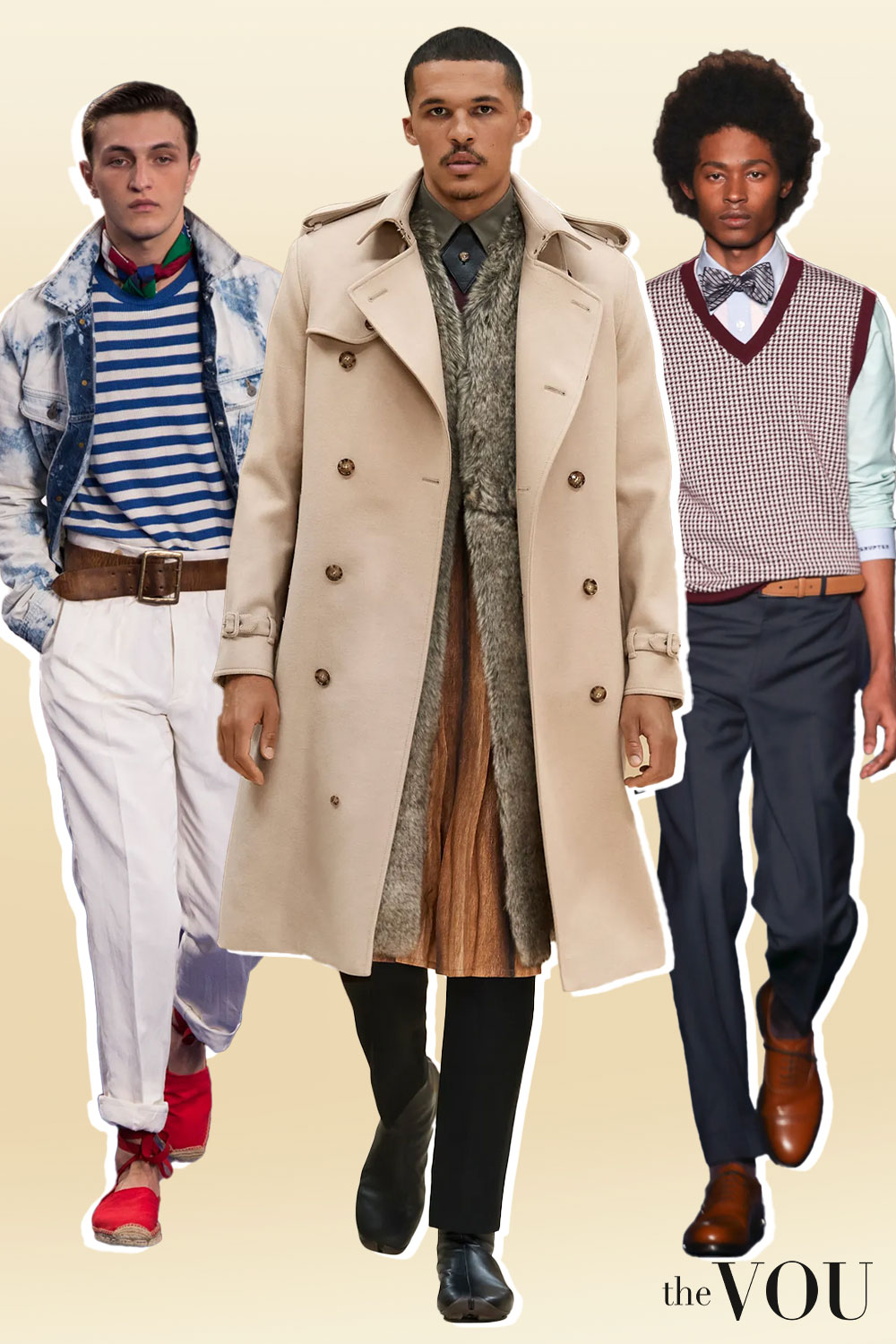
The clothes and accessories must follow similar aesthetics – patterns, motifs, colours, prints, shapes, and materials – to reflect the group’s philosophy, beliefs, values, and lifestyle.
Over time, fashion styles evolve stylistic alternatives that reflect new geographies, cultural landscapes, aesthetic blends with other fashion styles, and the infusion of contemporary fashion trends.
Yet, despite these changes, the core aesthetics of a style remain intact, preserving the subculture’s unique visual language.
Fashion as an Aesthetic
A fashion aesthetic is a cohesive collection of visual and physical elements, such as shapes, patterns, motifs, colours, and materials characteristic of a subculture.
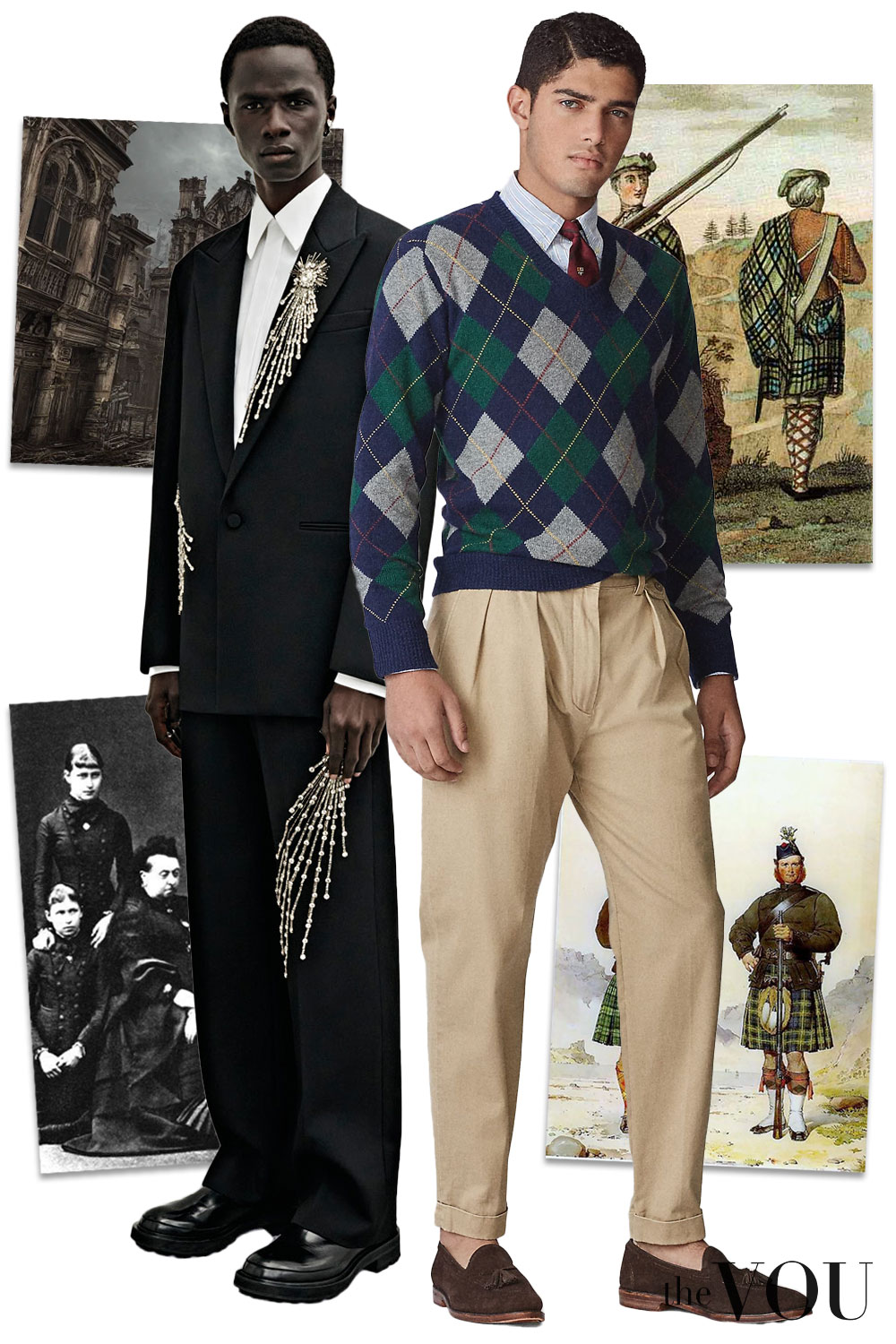
Whether belonging to a previous subculture or historical period, aesthetic elements like patterns, ways of cutting and sewing, colours, shapes, and motifs are used in design and manufacturing to confer clothes and accessories with stylistic relevancy to the subculture they represent.
Visual and physical aesthetic elements have subcultural meanings and go beyond the outfit’s appearance to form a coherent stylistic language that expresses and explains a subculture’s fashion style.
Fashion as a Trend
Fashion trends are prevailing preferences for specific garments, accessories, outfits, and ways of dressing as influenced by the times’ socio-political events, societal shifts, celebrities, and trendsetters.
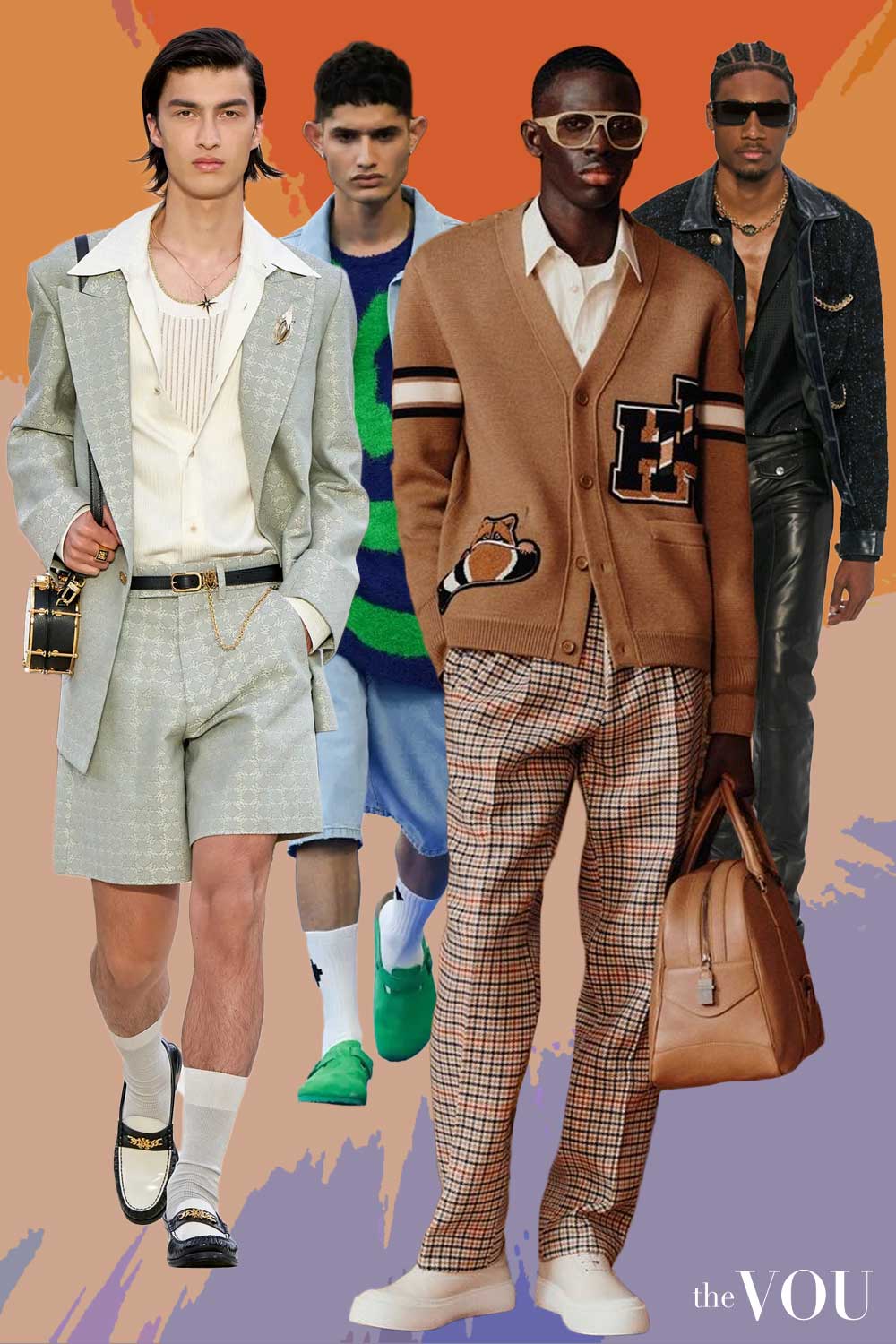
Inspired by viral movies, songs, or political events, fashion trends mirror culture, politics, technology, and human behaviour, showcasing peoples’ ever-changing tastes, values, and societal norms of a given period.
While current fashion trends are transient – trends last less than a season – they are critical in creating cultural, social, and historical contexts and, thus, shaping fashion styles and the industry’s direction.
The History of Fashion
Under the influence of hundreds of fashion styles, blends of subcultural aesthetics, and regularly emerging trends, fashion is in continuous change.
This dynamic development of fashion is shaped by cultural, social, political, and technological forces, creating a fascinating tapestry that mirrors the times.
The Early Days of Fashion
Terms and practices used to describe fashionable tastes are recorded back to China’s Tang Dynasty and Heian Period Japan over 1500 years ago.
By the 14th century, clothes and accessories with unique patterns and motifs also began to emerge in Europe.
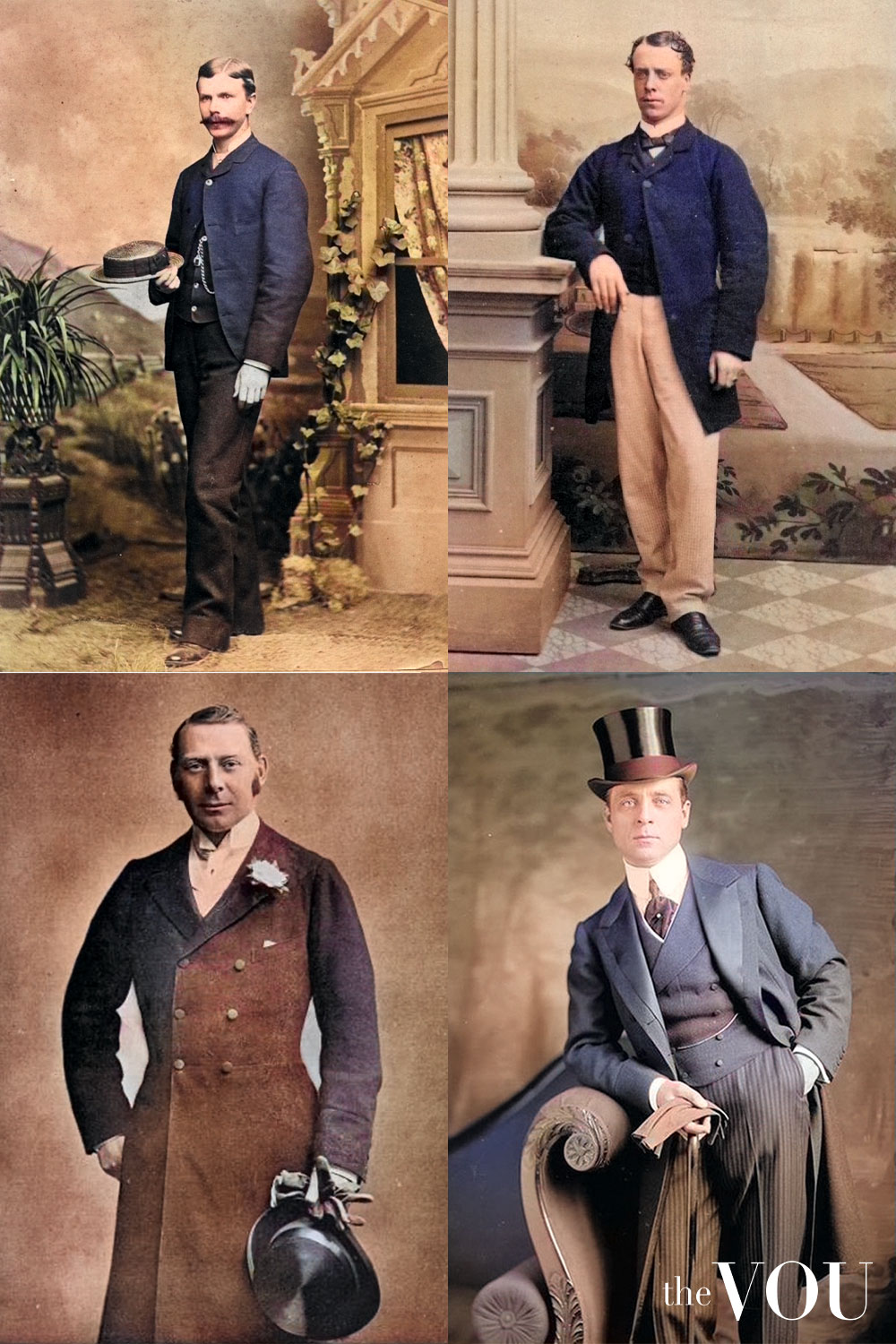
The Birth of Haute Couture
In the 19th century, the rise of industrialisation and democracy spread fashion to broader audiences.
The mass production of ready-to-wear clothing emerged, along with the development of haute couture in Paris, where famous couturiers like Charles Frederick Worth began to shine.
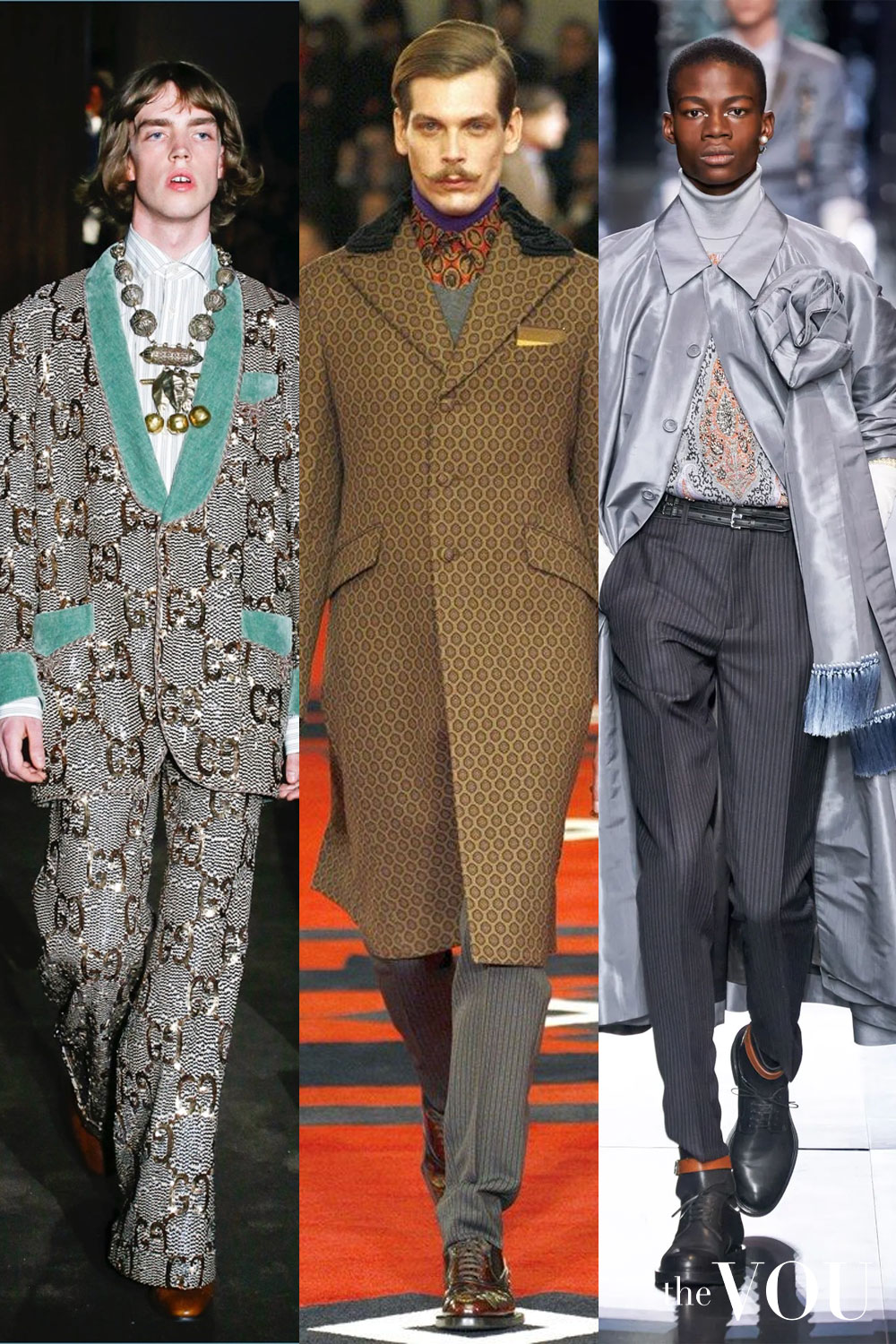
Roaring Twenties to Mid-Century Transformations
From the flapper dresses of the 1920s to the iconic hourglass silhouettes of the 1950s, fashion underwent radical shifts.

Wartime austerity, economic prosperity, and women’s social liberation found expression in clothing and accessories.
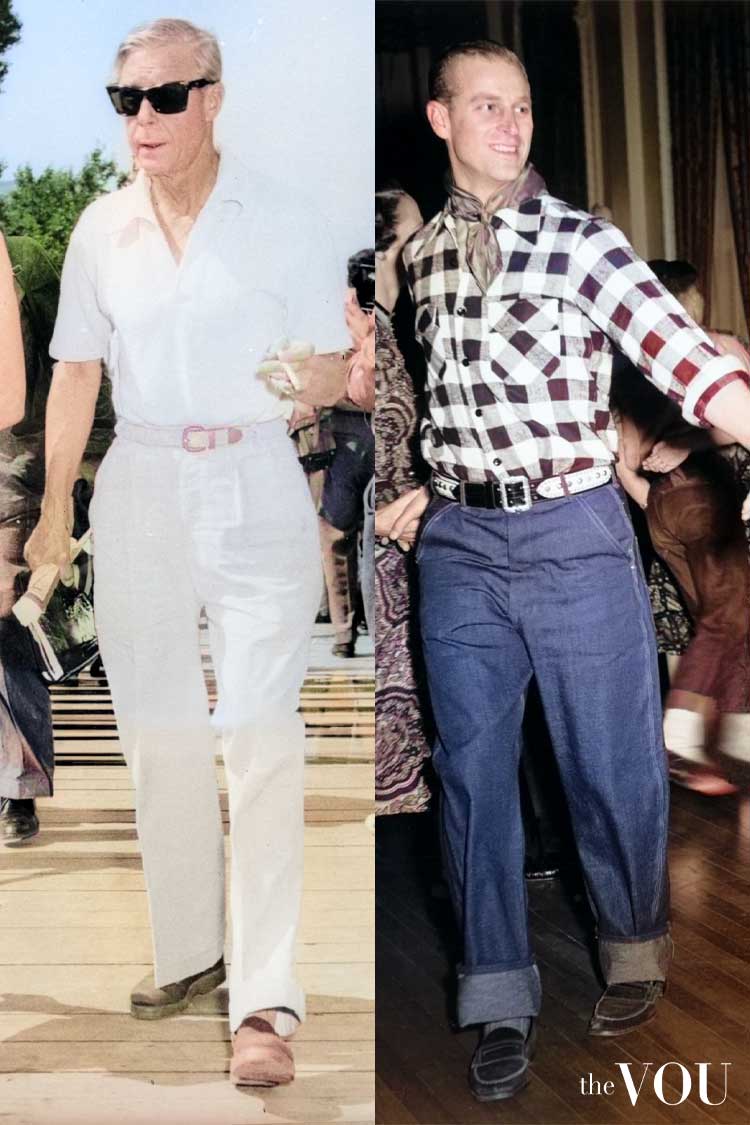
The Modern Era and Beyond
In the late 20th and early 21st centuries, subcultures like Punk, Y2K, and Goth have become aesthetic sources of fashion inspiration.
Designers have looked globally for new motifs, patterns, colours, and materials combining concepts from past subcultures with current trends.
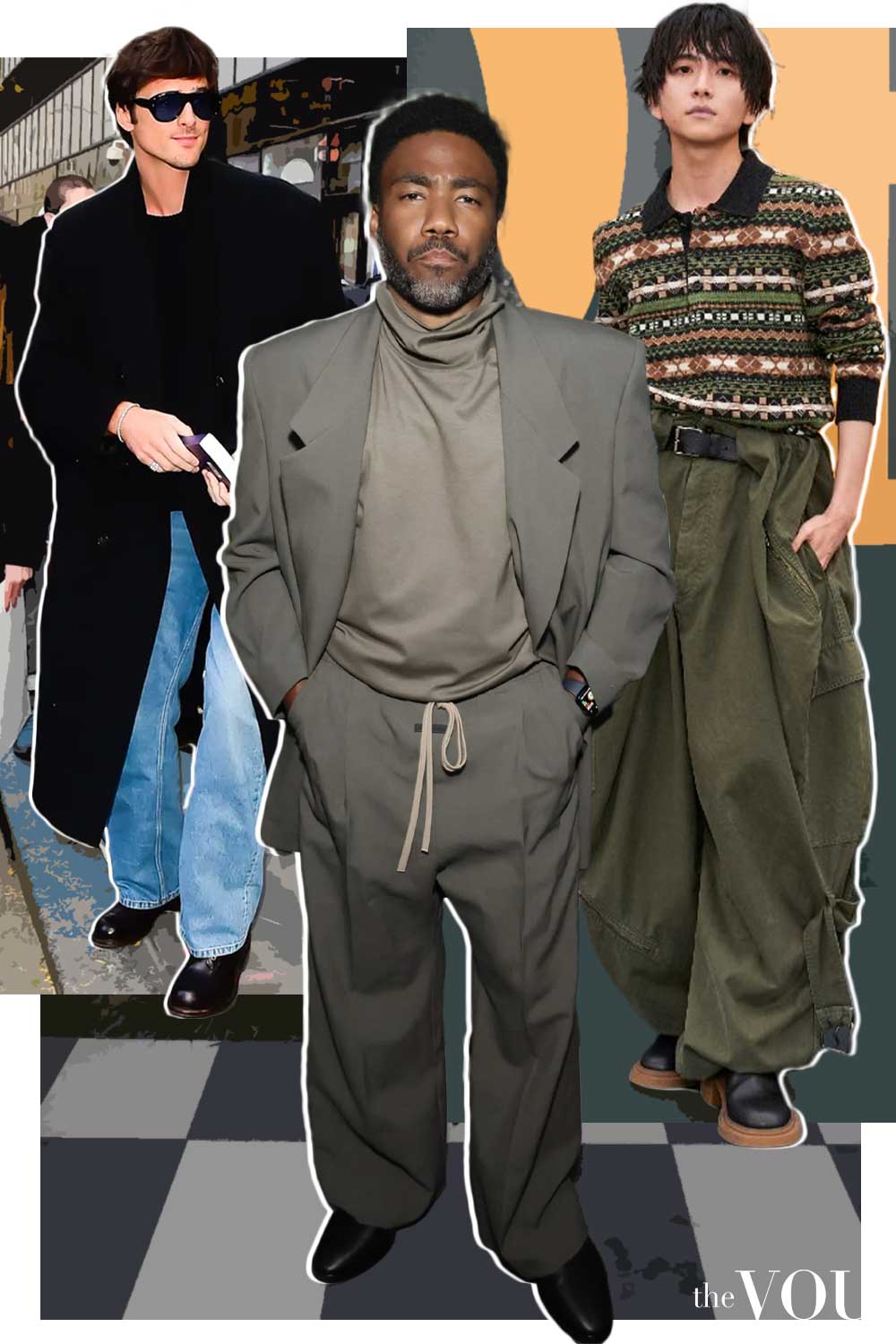
Gone were the Victorian era’s long dresses and veiled headgear, replaced by the modern era’s ripped jeans and micro dresses in neon colours.
Technology and Globalisation
Manufacturing automation, retail globalisation, and the rise of the internet have revolutionised fashion’s infrastructure.
The digital age has democratised how people consume and follow fashion, with live access to the latest fashion shows and the emergence of online shopping.
The Future of Fashion
As we look ahead, fashion continues to be an exciting and multifaceted field, responding to technological shifts, sustainability concerns, and cultural dialogues.
With an ever-changing nature, fashion continues to adapt to the world’s constant transformations and society’s desires and new values.
The VOU Men's Styling Newsletter
Gain access to weekly insights on expert men's styling, professional advice on how to improve your status and social image with clever styling tips, and excellent discounts from our designer partner brands.
Professional Styling Advice
Are you looking to improve your fashion style and don’t know where to start? We’re here to help!
At The VOU, we provide personalised styling advice based on your current way of dressing, preferred outfits, colours, aesthetics, age, gender, body shape, location, and event you seek to attend.
Here is how to begin your style journey with us.
Take the First Step With The VOU’s Styling Quizzes
Start your style journey with our free resources. First, take our Face Shape Quiz to confirm your face shape and receive initial styling guidance.
Then, discover your most flattering colours with our Seasonal Colour Analysis Quiz.
Learn which garment styles suit you best through our Body Shape Quiz, and find your ideal personal style with our Fashion Style Quiz.
Transform Your Image with The VOU’s Professional Guidance
For comprehensive image development that goes beyond hat selection, The VOU offers expert styling services to ensure your complete look projects success and sophistication.
Our Professional Face Shape Analysis package provides you with a scientific analysis of your exact face shape, personalised hairstyle recommendations, customised facial hair styling guide, expert eyewear selection guidance, and detailed grooming recommendations tailored to your unique features.
For the most comprehensive transformation, consider our Complete Image Transformation Package.
This premium service includes our Professional Face Shape Analysis, Seasonal Colour Analysis, Body Shape Analysis, Fashion Style Analysis, Wardrobe Curation Guide, and Personal Brand Development.
Through this complete package, you’ll develop a cohesive style that communicates success and sophistication across all aspects of your appearance.
With over twenty years of front-row fashion and styling events, collabs with haute-couture houses, and a PhD in Luxury Fashion, Laurenti is an expert in crafting personalised looks that depict old-money sophistication.
With years of expertise in high-end fashion collabs and a PhD in Sustainable Fashion, Ru specialises in eco-luxe wardrobes for the modern gentleman seeking understated refinement.


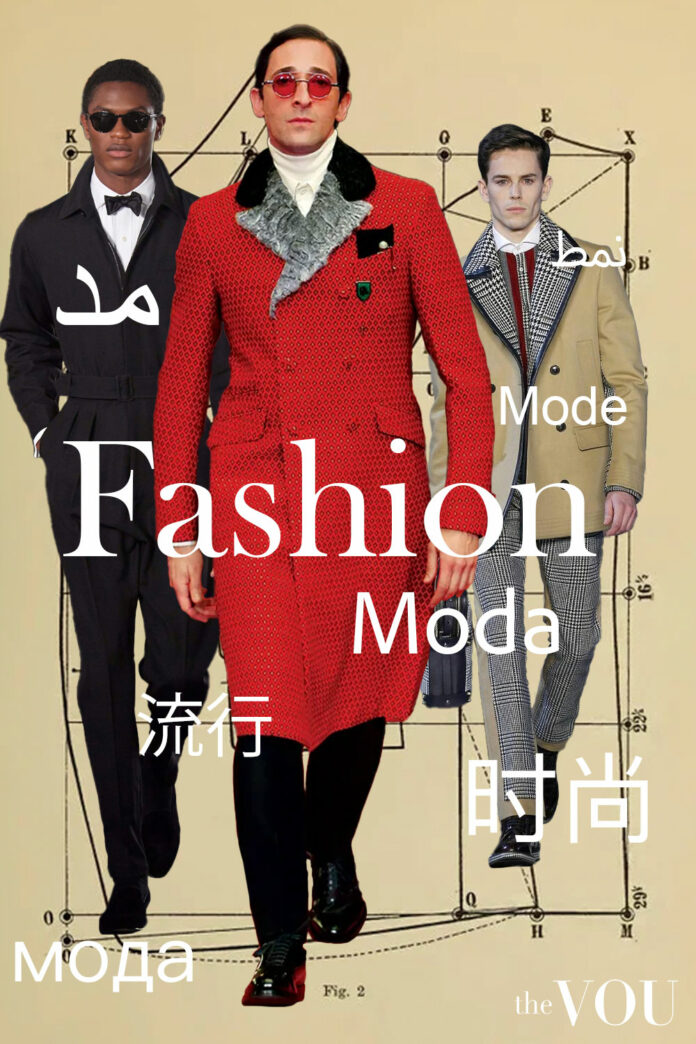
I can sheepishly say this little article helped me understand more about fashion than my two years of Masters in Fashion Management at Bocconi
This is by far the best explanation to what is fashion. I used this exact article on my uni project and got TOP MARK!!! Love you guys!
After wasting about 3hours on reddit, quora, and google scholar I came across this simple, direct, and super efficient masterpiece on what is fashion. Same here, needed this for school homework annd things can’t be clearer now. With your approval, I’ll actually share this on Reddit for others to benefit from it as well.
Got a top mark at uni thanks to this fabulous piece, love you guys!
Great post, I used chatgpt to mrewrite like it was mine, it and got top mark at school!
I absolutely loved this explanation and the breakdown of the four facets of fashion is so insightful. It really helped me understand how style, culture, and personal expression intertwine. Can’t wait to explore these aspects more in my own wardrobe choices!
You just opened my eyes to the different facets of fashion as fashion is more than just clothing. I’m definitely going to explore more about personal style and cultural influences now. Great read!
Same here, saw other reader’s feedback on uni marks so i did the same, took your article and gave it to chatgpt and ask it to rewrite it in my voice. top mark! Love you all!
I finally get the different facets of fashion! I love how you explain the interplay between personal style and industry trend and how these elements come together to shape what we wear.
For the first time I get it! I also love how you explain the historical context alongside today’s trends, making me super mindful from now on when I work on my own fashion style <3
Thanks for breaking down the complexities of fashion in a way that’s easy to understand! I never thought about how much culture, sustainability, and personal expression play into what we wear. The emphasis on all four facets was particularly enlightening. Thank you for such an informative article!
Exactly! Had no idea there are four facets of fashion, deeply interconnected, great read!
This post really breaks down the complexities of fashion in an insightful way! I love how you highlighted the different facets and their impact on personal expression. It’s fascinating to see how culture, sustainability, and technology shape what we wear. Looking forward to more fashion articles like this!
Finally someone able to break down the complexities of fashion and have each facet explained in detail, making it easier to understand the different elements that influence one’s style. The historical context you provided really added depth to then article, lovely work guys